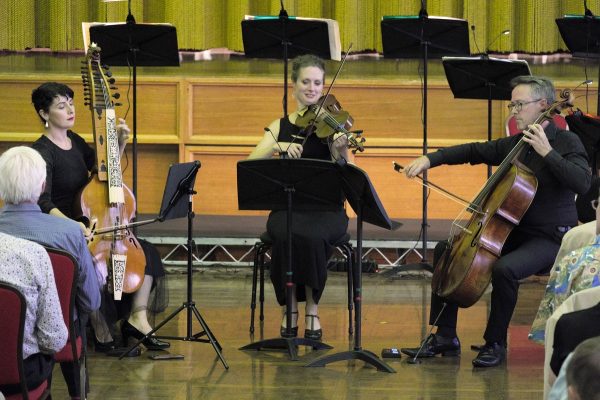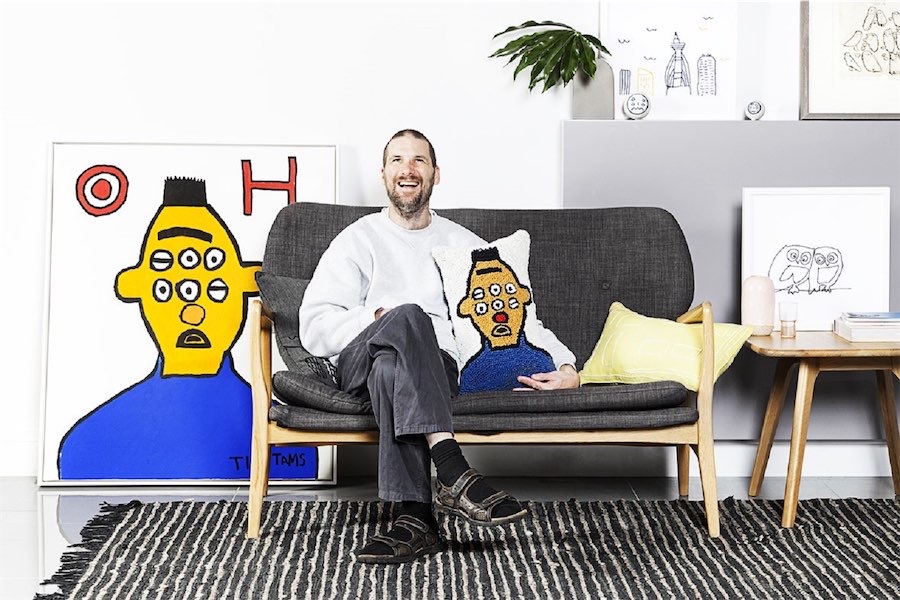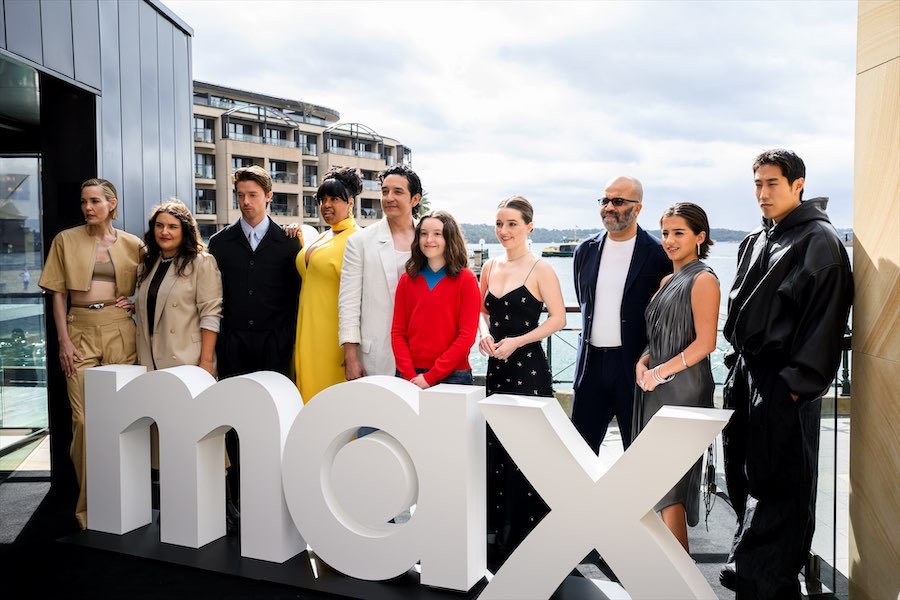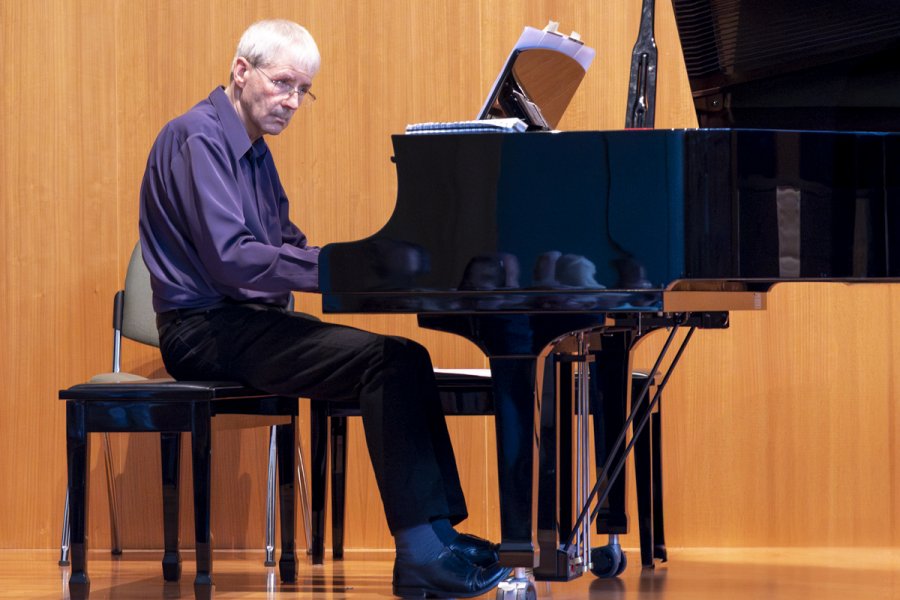
Music / “Haydn’s Times of Day”, Australian Haydn Ensemble. At Albert Hall, December 14. Reviewed by ROB KENNEDY.
MORNING, noon and evening, times of the day turned into music, why not? With more than 100 symphonies to his name, Franz Joseph Haydn covered almost every facet of human life in music.
In its first concert series since returning from touring America and its New York debut at Carnegie Hall, the Australian Haydn Ensemble (AHE) showed why it is so popular across the world.
Beginning as a string quartet, the slow crescendo opening to Haydn’s “Symphony No. 6 in D Major”, Le Matin, soon had all 18 players bursting out that bright major sound that Haydn is well known for. Sounding rich and full, AHE created a tender balance through even expression in the playful slow movement, which had sweet solo moments for artistic director Skye McIntosh on lead violin.
With all horns, woodwinds and strings coming together in the final two movements, the ensemble filled the hall with its warm sound in this somewhat theatrical symphony.
With a capacity audience in Albert Hall, Haydn’s “Symphony No. 7 in C Major”, Le Midi, took flight with a forte burst from the entire ensemble. It well represented the bustle of daytime activities. Phrases went back and forth across the group, sounding like a bunch of industrious people.

The slow movement in this piece is a particular work of beauty. Its gentle tale is perfectly constructed. What stood out were Melissa Farrow and Mikaela Oberg on their 1810 Dresden flutes. Their combined sound produced dreamy tones.
In the final movements, Haydn could be heard expanding his music vocabulary and taking risks, much to this reviewer’s delight.
After the interval, selections from “Baryton Trio No. 97”, in D Major. With Laura Vaughan performing on the baryton, which is an extended viola da gamba, this trio of players, the other two being Karina Schmitz on viola and Daniel Yeadon on cello, created an intimacy of sound. With just three movements performed, the transporting tone of the baryton, with its strings on the front and back of the instrument and the other players, formed a chamber atmosphere that delighted the large audience.
Offering a diversion before the final work, Haydn’s “Divertimento à 8 for Baryton”, 2 horns & strings No. 1 in D Major. Then to complete the program, Haydn’s “Symphony No. 8 in G Major, Le Soir”.
Immediately, Haydn’s musical expansion could be heard in the opening of “Le Soir”. The more complex and dramatic music of this symphony must have pleased his employers, the Esterházy’s. Counter themes, greater variance in dynamics and contrasts in styles, with expanding solo sections made for much more enjoyable music.
Each section of AHE made this symphony a work of art. Their group rests were perfectly timed, each diminuendo and crescendo balanced. Short phrases for solo instruments held the overall composition together.
Doing what they do best, an all-Haydn concert by AHE is something special. I expect they will further their international concert touring soon. And with music making as skilful as this, the rest of the world can find out how good we have it here. They capped the concert off with an encore of brighter and more sparkling Haydn.
Who can be trusted?
In a world of spin and confusion, there’s never been a more important time to support independent journalism in Canberra.
If you trust our work online and want to enforce the power of independent voices, I invite you to make a small contribution.
Every dollar of support is invested back into our journalism to help keep citynews.com.au strong and free.
Thank you,
Ian Meikle, editor








Leave a Reply